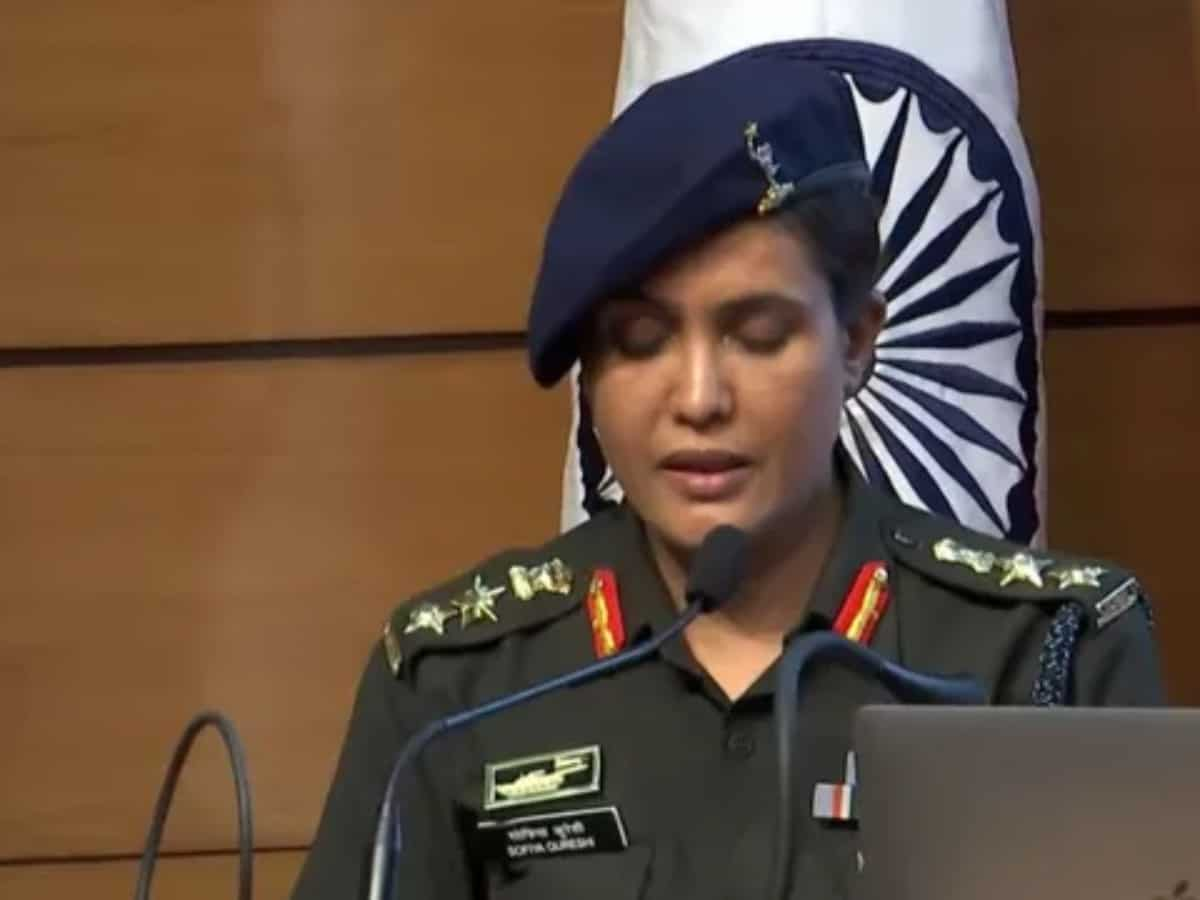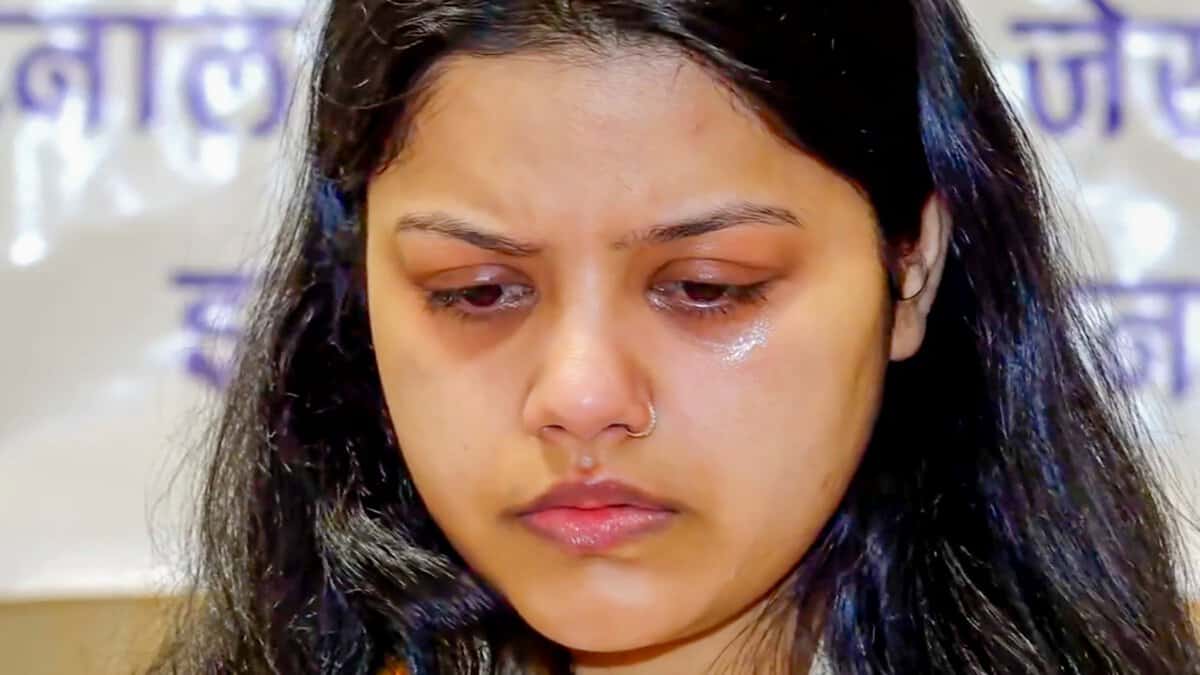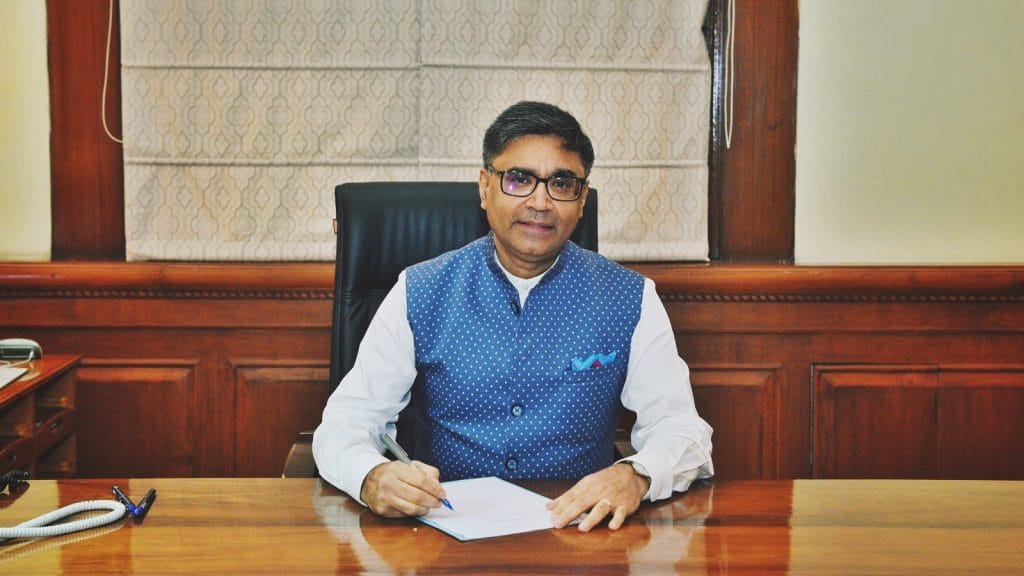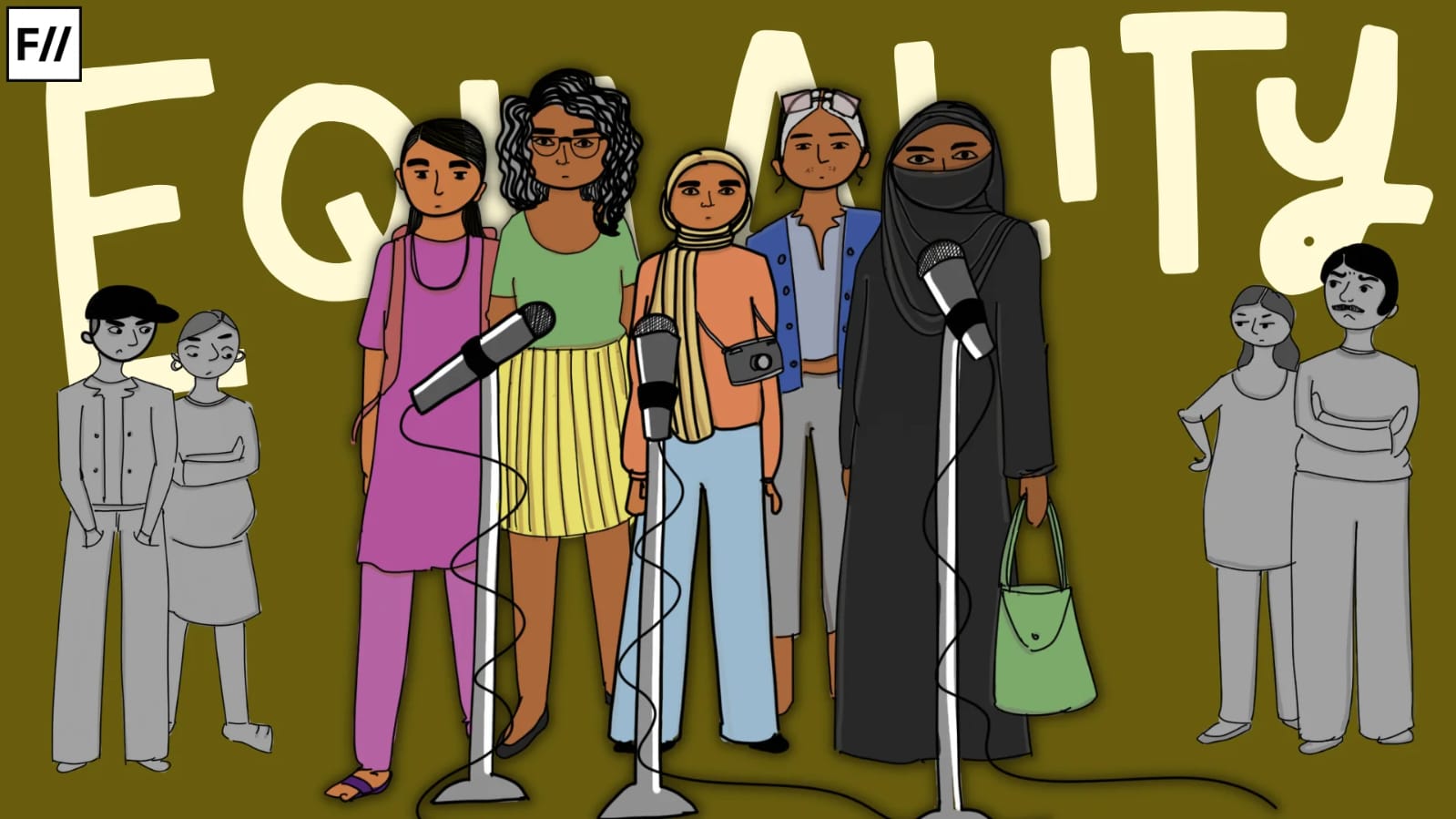Days after the ceasefire was announced, India is still adjusting to the subjective realities of the preceding days of violence. The survivors of the Pahalgam attack were grieving their loss, the families of the 21 civilians who lost their lives in the border areas are grieving their loss, the loved ones of the 5 military personnel who did not return home are grieving their loss – meanwhile, a war-crazed cult that waged a war online from the comfort of their couch are foaming at the mouth with anger and disappointment when peace was announced.
Who have they turned on now to satisfy their thirst for vengeance? No. Not the “urban-naxals” this time. Not the “tukde tukde gang” of their favourite university. This time, the victim of the mindless and vicious attack was the frontliners of this border conflict, from the same camp that the right-wing troll army swears by.
The messenger of peace under fire: Misri and manufactured betrayal
On Saturday, May 10, the US President made the first move, announcing the ceasefire even before either country had formally declared it. President Trump and his VP, JD Vance, took to social media to declare that they have mediated this peaceful settling of feathers. Some time later, India made its official announcement. Vikram Misri, 35th Foreign Secretary of India, was the messenger of the ceasefire to the press.
Despite our literacy rate being well above 70%, the Indians we often find on social media fail to reflect that hopeful statistic. Within minutes, social media was flooded with violent and vulgar comments blaming Misri for the “agreement with Pakistan“. The attack that began with shooting the messenger soon extended to his family, leading to the doxxing of his daughter on social media, targeted simply for being related to the government official tasked with delivering the news.
The operation that was named and fought in the name of the “ideal Hindu woman’s” adornment could not stand the peace and safety of the daughter of this country’s civil servant, who was doing his duty of communicating the decision taken by ministers, who appear insulated from scrutiny or accountability.
The mindless hatred truly reveals itself when one looks into Misri’s personal history. Misri was born in Srinagar, into a Kashmiri Pandit family—the same community whose suffering has often been invoked to rationalise violence and fuel Islamophobia. The same population that believes in the innocence and plight of Kashmiri Pundits turned around and harassed and abused Misri and his family.
The same population that believes in the innocence and plight of Kashmiri Pundits turned around and harassed and abused Misri and his family.
All for what? Because he spoke of peace. He was also the person who briefed the operation and escalation thereafter. Misri had been regularly briefing the press alongside Vyomika Singh and Col Sofia Qureshi about the developments of the border conflict. There is no way of knowing Misri’s personal opinion beyond the briefing. Yet, the very fact that he is the one who broke the news coloured him in a shade of betrayal. It is horrifying but not surprising that his daughter was dragged into this online war. The right wing has time and again shown its feelings about the “second sex”.
Patriotism, patriarchy and prejudice: the trifecta of hate
If Misri’s daughter, who was completely unrelated to the events at the capital, could face such a hate campaign, what would the women who sat at the same table as Misri have to face? From fence sitters to liberals to hardliners – there was one image that unified everyone was the two military personnel flanking Misri. On one side sat Col Sofiya Qureshi, and on the other Wing Commander Vyomika Singh. For many, this image was a symbol of Indian women’s strength and empowerment.
But such portrayals often reflect a superficial feminism, devoid of intersectional awareness or political nuance. Nevertheless, it was a historic moment that was ubiquitously celebrated across the country. Post-ceasefire, the story has shifted. Three days after the announcement of the ceasefire, Madhya Pradesh Tribal Affairs Minister Kunwar Vijay Shah, a senior Bharatiya Janata Party (BJP) leader, called Col Sofiya Qureshi a ‘sister of terrorists‘ during a public meeting in Mhow, Indore district.

A colonel who stood at the frontline of the conflict, risking her life while others fanned war from their screens, far removed from the line of fire. Qureshi’s identities of being a Muslim and a woman were a fantastic leveller for political opinion. The same identities became a thorn in her side the moment the country spoke of a ceasefire, of peace.
Grief as resistance, peace as dissent: our way ahead
The image that shook the nation as the news of the Pahalgam attack started coming in was a young woman sitting beside the body of a man. The newly wed in the picture were visiting Kashmir when the terrorists approached them, asking the man his religion, only to shoot him upon revealing that he was Hindu. Vinay Narwal was a naval officer who did not survive the terror attack. Himanshi Narwal not only faced the trauma and grief of what had happened, but also relentless media attention and online harassment.
The image made many rounds across media and social channels, to the extent that a Ghibli-esque image soon made its way to mainstream media. The operation that was named and fought in the name of national pride had turned into a campaign of shaming and silencing anyone who dared to speak for peace. The same rage was directed at Himanshi Narwal, the newly-widowed wife of Navy Captain Vinay Narwal, who dared to call for calm instead of vengeance.
Himanshi called for justice, but refused to communalise the attack—an act of courage that drew hatred from the usual quarters. For this, she was stripped of dignity in public discourse, her personal life dragged through the mud by trolls who claimed patriotism but acted only with hate. Joining her in this nightmare was Arathi Menon, who dared to speak of human connection amidst terror, and was met with bile instead of sympathy.
In the online battlefield where decency seems to be the first casualty, these women became targets not for any wrongdoing, but for refusing to echo the bloodlust. Their grief, instead of being respected, was interrogated. Their intentions, instead of being understood, were vilified. And in doing so, the trolls revealed what lies at the heart of this moral collapse: a desperate, fearful misogyny, waiting to pounce on women the moment they challenge the comfort of war narratives. As the country reels from the trauma of violence, we must ask—how did our mourning become so fractured, and our rage so misdirected?

As the dust settles and each of these harassed individuals gets back to their life and work, dedicating their time and energy to this nation, the question remains: why is it so costly to call for peace? Perhaps because peace demands something far more difficult than war: a reckoning with our collective thirst for retribution, our addiction to outrage, and our reliance on dehumanising narratives that simplify complex grief into easy hate.
Peace resists the binaries that nationalism feeds on. It asks us to see each other not as enemies or heroes, but as humans—flawed, grieving, and hopeful. In a country where mourning has become a performance and rage a litmus test for patriotism, choosing empathy becomes an act of rebellion. The silencing of voices like Himanshi Narwal’s and Arathi Menon’s or the vitriol faced by Misri and Qureshi reveals not just political intolerance but a cultural crisis—where those who heal are punished, and those who howl for war are cheered. If peace has a price, it is being paid in dignity, safety, and the right to mourn without fear. But if we do not defend this fragile call for peace today, we risk waking up in a country where violence is not just an exception, but a national virtue.
About the author(s)
She/they is an editor and illustrator from the suburbs of Bengal. A student of literature and cinema, Sohini primarily looks at the world through the political lens of gender. They uprooted herself from their hometown to work for a livelihood, but has always returned to her roots for their most honest and intimate expressions. She finds it difficult to locate themself in the heteronormative matrix and self-admittedly continues to hang in limbo





